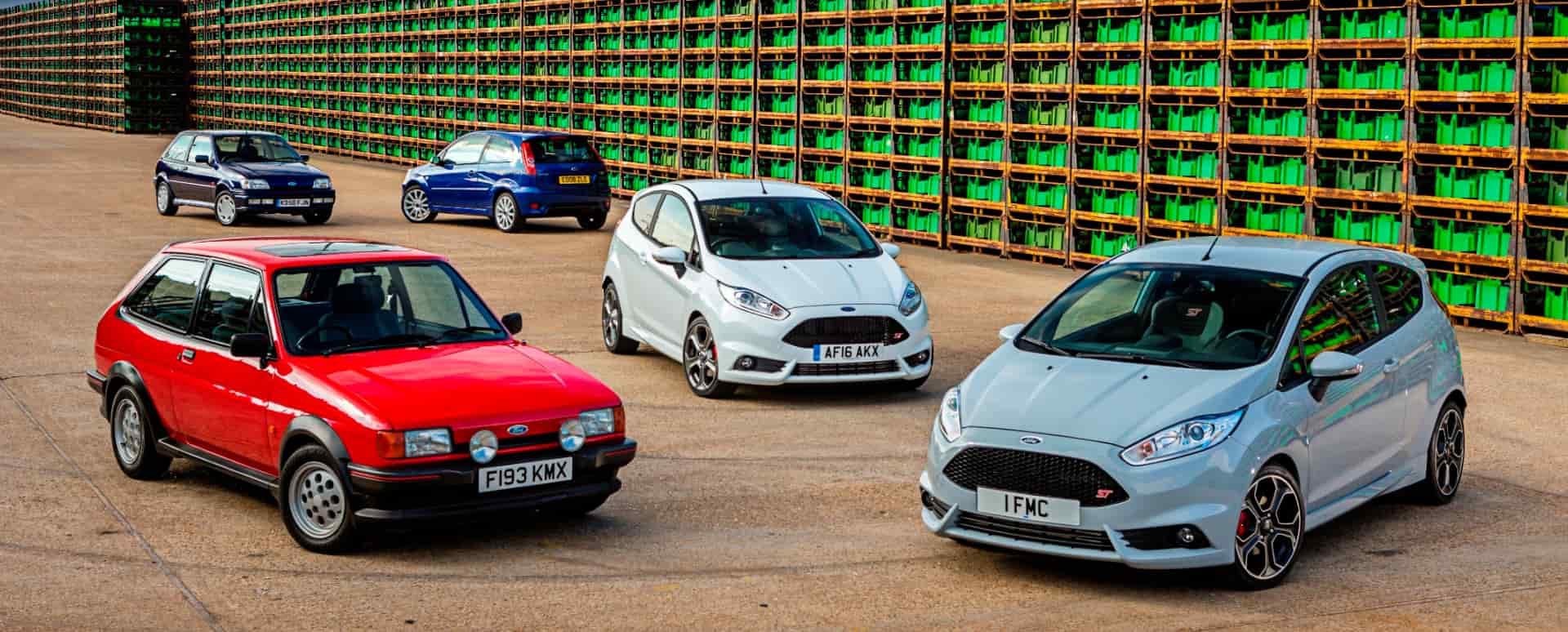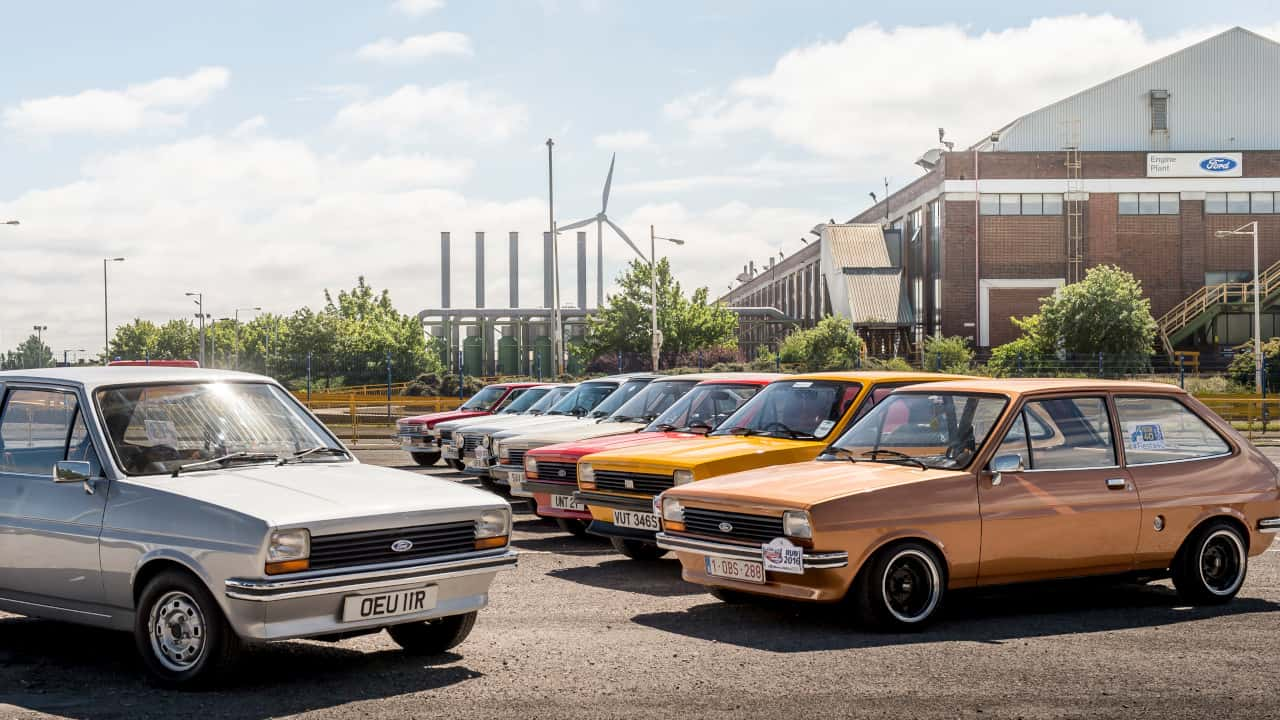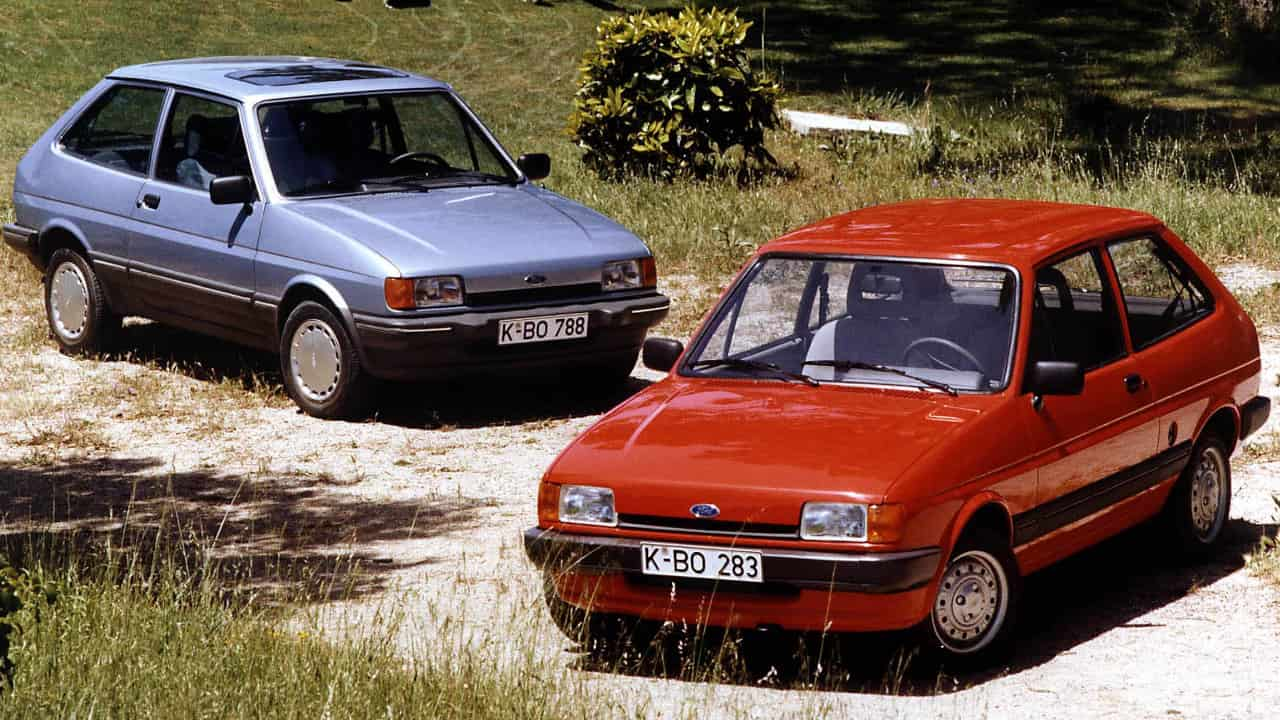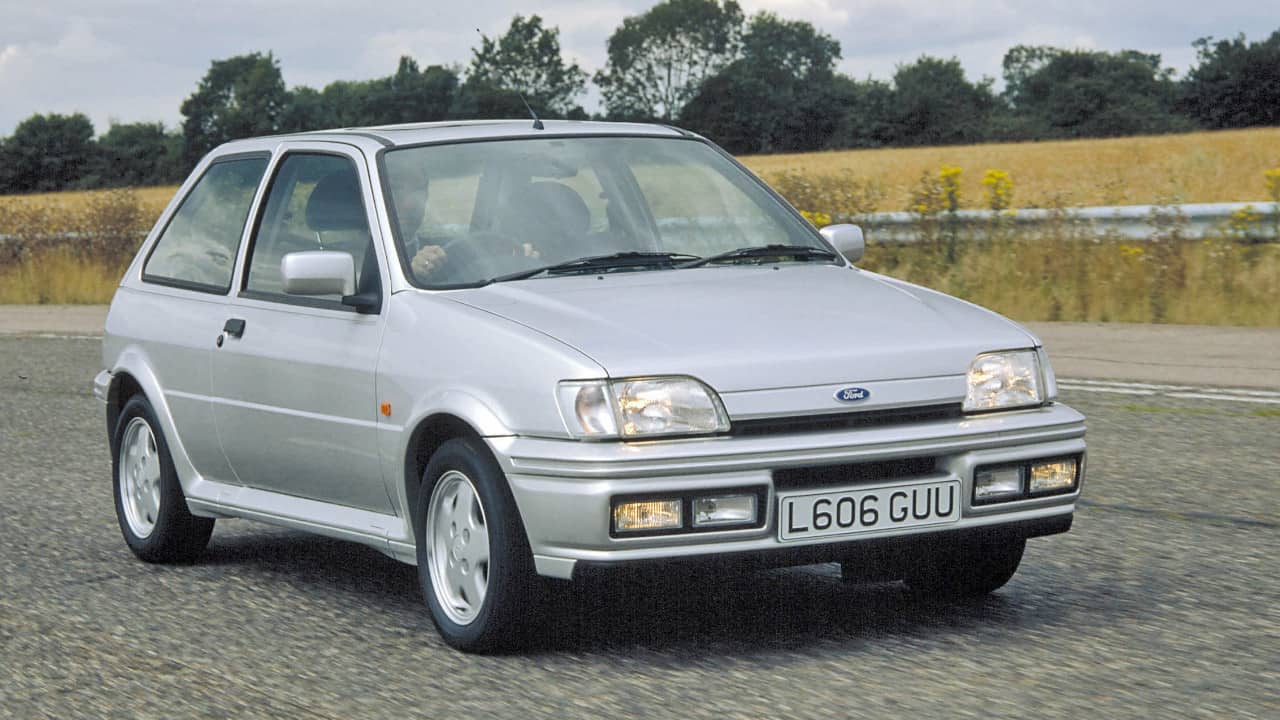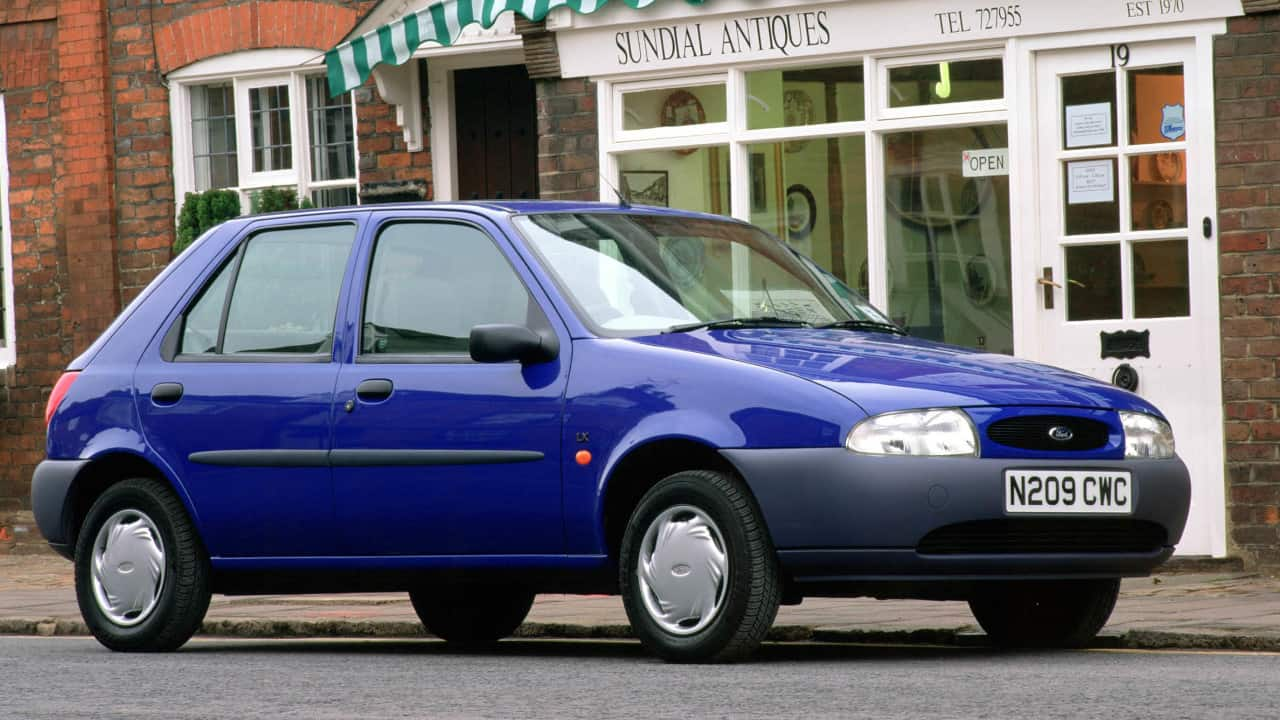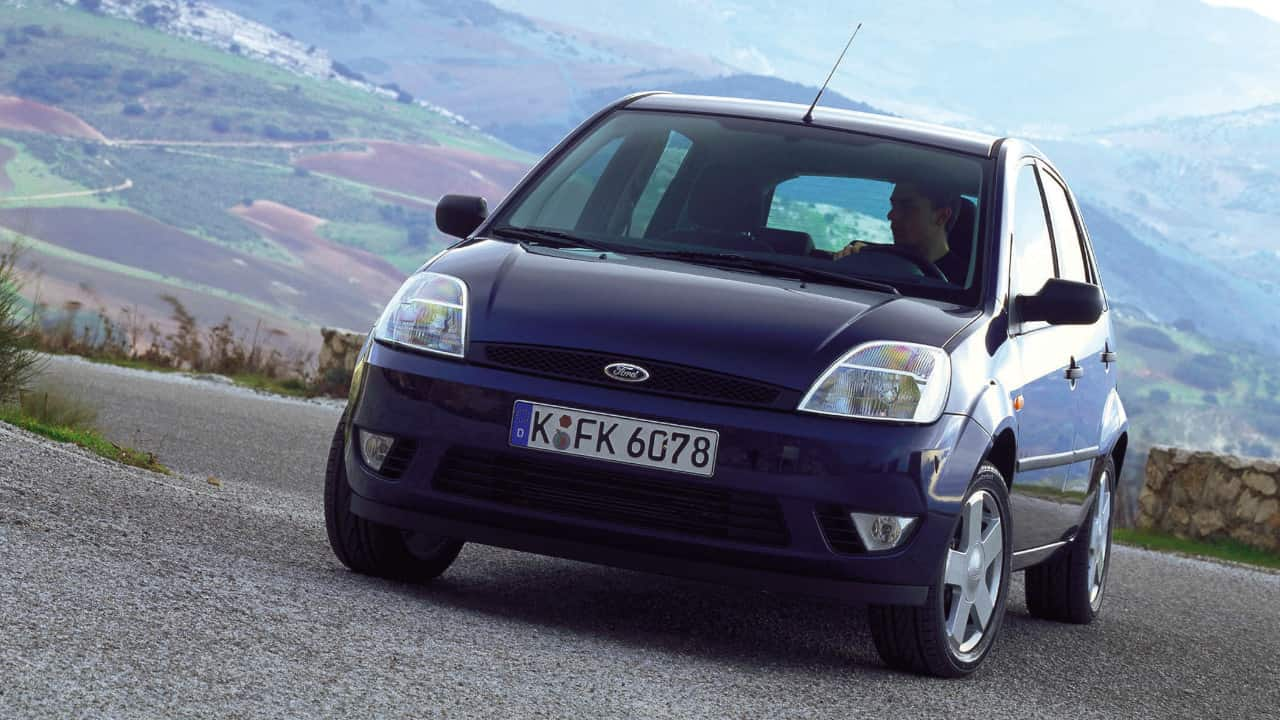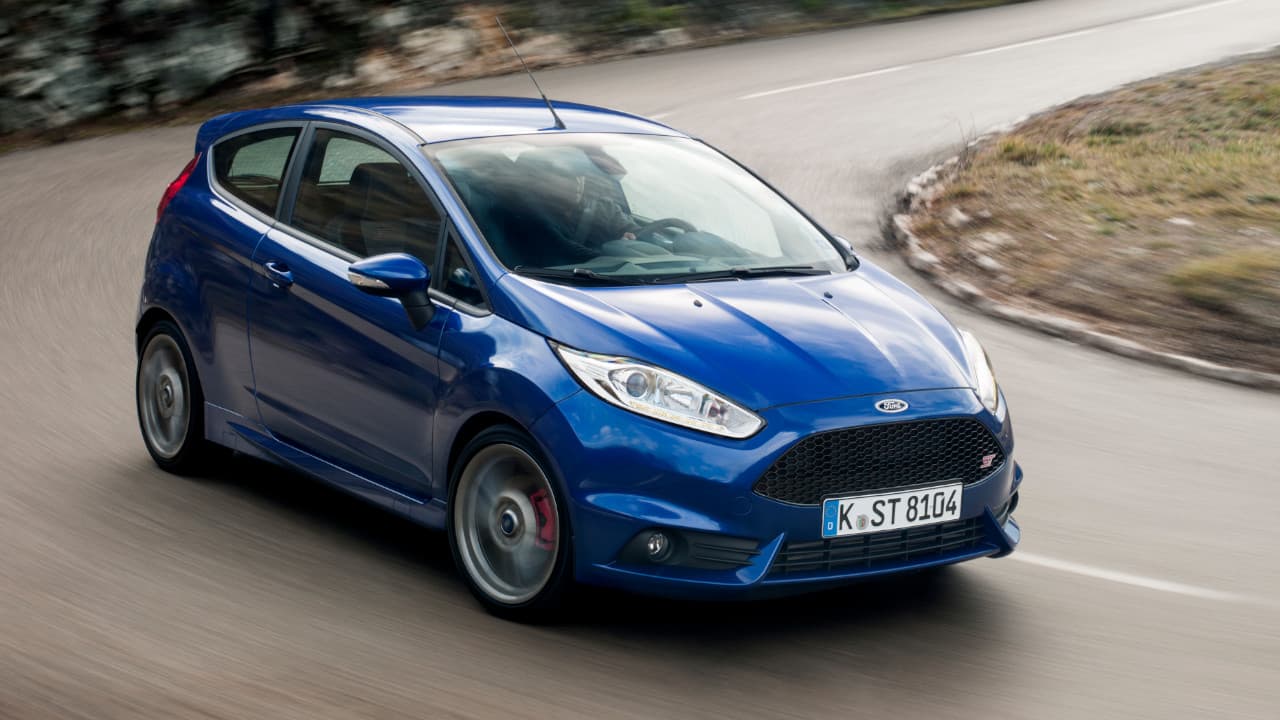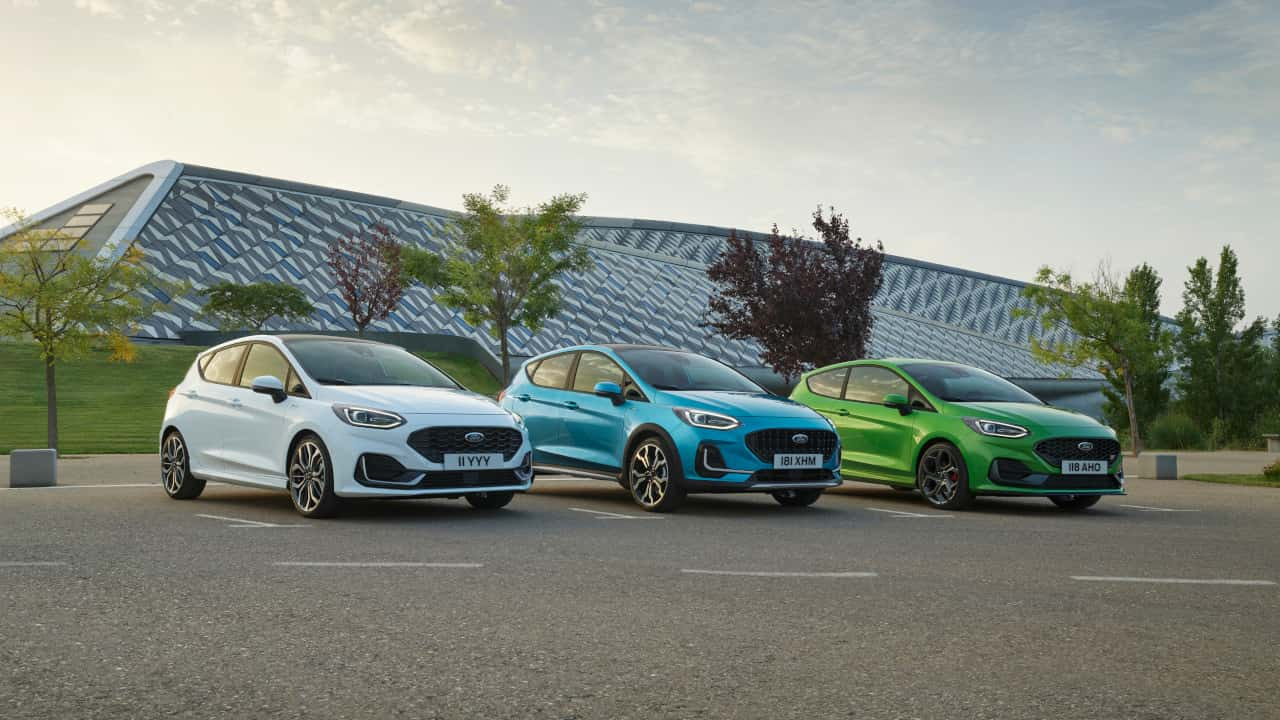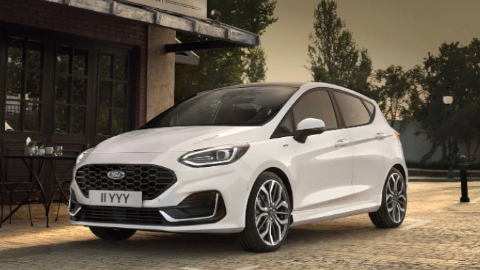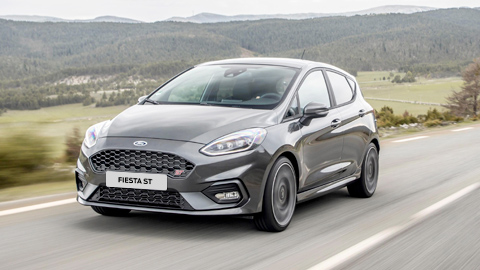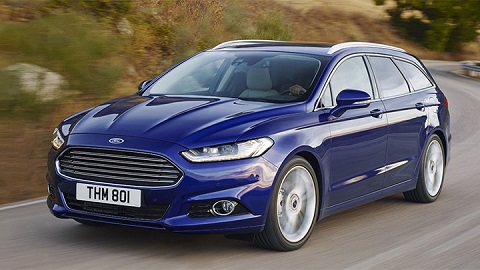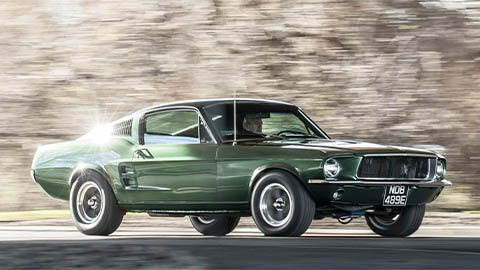Recognising the people's car
The humble Ford Fiesta has been gracing British roads for over 40 years, but towards the end of 2022, Ford announced it was time for the people's car to bow out, with production ending in 2023.
Spanning multiple generations, almost everybody has a story to share about the Fiesta. Each new model brought intuitive technologies and innovative design features to make the everyday lives of many, easier.
Here's the story of the Ford Fiesta.
- Mk1 (1976 to 1983)
- Mk2 (1983 to 1989)
- Mk3 (1989 to 1997)
- Mk4 (1995 to 2002)
- Mk5 (2002 to 2008)
- Mk6 (2008 to 2016)
- Mk7 (2016 to 2023)
Mk1 Ford Fiesta (1976 to 1983)
During the 1970s, popular Ford models such as the Cortina and Escort were much-loved and a common sight on UK roads. However, Ford wanted to enter a new area of the market, and subsequently identified the newly fledged supermini sector as a potential conquest.
Originally named the 'Bobcat' project, speculation in the media was rife, until Ford announced the all-new Fiesta under its now-widely-known name in 1975. Launched in 3-door hatchback and panel van guises, the car was predominately produced in Valencia, Spain, while other factories across Europe were also used, including Ford's plant in the British town of Dagenham.
Simple and straightforward were the mantras on which the Mk1 was built upon, and while refinement wasn't the greatest, the Fiesta still proved popular en masse thanks to low purchase and maintenance costs. It was also the first Ford car to feature a transverse engine layout, and is widely credited as being the brand's first globally successful front-wheel drive model.
By the end of its production cycle, the Mk1 had truly found its feet, with over one million being sold. Nowadays, they're a proper collector's item, especially in sporty XR2 and Supersport specifications, thanks to their status as cult cars within the so-called 'boy racer' world of the 1980s.
Mk2 Ford Fiesta (1983 to 1989)
After the success of the first generation, it was time for the Fiesta to receive a well-earned update, and in 1983 the Mk2 was introduced. Thanks to a variety of changes, a wider range of engines were available on the Mk2 as well as a slightly different look thanks to prominent features such as wraparound headlights and a revised interior.
Various models were available in the usual 3-door hatchback bodystyle, including a refreshed XR2 for adrenaline-seekers, and a diesel-powered variant for those that wanted maximum fuel economy. A 5-speed manual transmission was also made available for the first time.
Competition was fierce during this period, with the likes of the Vauxhall Nova and Austin Metro gaining popularity, but the Fiesta's position as one of the UK's top superminis remained, regularly topping sales charts in both the UK and Europe.
When production of the second generation ended in 1989, total sales figures for the Fiesta exceeded 4.5 million. Despite the numbers produced, Mk2 Fiestas are a rare sight today and are highly sought after within the collector's world.
Mk3 Ford Fiesta (1989 to 1997)
As the 1990s approached, it was time for the Fiesta to receive a more radical update due to the ever-improving rivals within the class. The Mk3 Fiesta introduced a new look that was sleeker than its predecessors and featured a range of improved components to bring the car up to date.
For the first time ever, the Fiesta was made available as a 5-door hatchback, and with a longer wheelbase, the Fiesta had never been as practical. Refinement was also enhanced thanks to a neater interior, better seats, and technology such as a heated windscreen, while overall driving dynamics also improved due to semi-independent torsion beam rear suspension.
At the heart of the Mk3 was a line-up of the usual High Compression Swirl engines, only this time they'd been highly revised, as well as Ford's CVH engine. In 1991, fuel injected engines were also introduced in the UK. Within its first two years, the Mk3 had been purchased over one million times.
The most desirable Mk3 models today include the XR2i (later named the 'Si' for friendlier insurance costs), which offered around 100bhp, and the performance-orientated RS Turbo (later named the RS1800), which came with distinctive alloy wheels, RS bonnet louvres, and green stripe mouldings.
Mk4 Ford Fiesta (1995 to 2002)
The Mk4 Fiesta was introduced in 1995 and came with a raft of noticeable changes, despite being based on the same platform as its predecessor. Out went the boxier look and in came a smoother, rounder aesthetic, as well as a updated engine line-up.
New Zetec SE engines were made available within the Mk4 range, while the 1.8-litre diesel and the smaller Endura E (previously known as the Valencia) engines remained. The powerful XR2i and RS Turbo/RS1800 variants were also ditched within the new generation, being replaced by the sharp Zetec S which offered around 100bhp and aggressive looks.
In 1999, the Mk4 was given a midlife facelift in order to align with Ford's new design language, 'New Edge'. Fresh elements included a new engine for Zetec S variants (and later Ghia and Freestyle trims), side airbags, and a reintroduced leather interior option. Confusingly, the Mk4 facelift is often referred to as the Mk5.
The Mk4 is arguably not as desirable nowadays as its predecessors, but it still has a passionate following of fans. It was also the last Ford model to be produced at the Dagenham plant before it was closed down in 2002.
Mk5 Ford Fiesta (2002 to 2008)
At the turn of the millennium, it was time for a new Fiesta to take the main stage, and in 2002, the all-new fifth generation was introduced. Featuring more fashionable looks, it proved popular amongst many and was the first Fiesta model to come with anti-lock brakes and passenger airbags as standard. It didn't take long for the Mk5 to establish itself, going on to become the best-selling Fiesta generation to date.
The majority of engines were initially carried over from the previous generation, with engines ranging from 1.0-litre petrol options to 2.0-litre diesels. In 2005, the Mk5 was facelifted (commonly referred to as the Mk5.5), which brought an improved quality throughout. Tech such as Bluetooth, MP3, automatic headlights, and power-fold door mirrors were also introduced to give the humble supermini a desired 'big car feel'.
The now-famous ST moniker was used as the performance variant of the Mk5, featuring a 2.0-litre petrol engine that produced an impressive 150bhp to give the car super engaging driving dynamics. Other special editions were also available, including Zetec S 'Anniversary', 'Celebration' and 'Red' variants, which were each limited to 400 examples each.
The Mk5 Fiesta is still regularly seen on British roads as it offers an affordable means of motoring, particularly to younger drivers.
Mk6 Ford Fiesta (2008 to 2016)
In the late 2000s, various pressures such as the global financial crisis forced drivers to downsize in a quest to save costs; the supermini sector had never been more important. So, when Ford pulled the covers off the sixth generation Fiesta, they ensured it had everything required to maintain its popularity.
Launched under the new 'One Ford' strategy, it was one of the first models to be universal, regardless of region. This meant a Fiesta in Asia was almost identical to those in Europe, allowing production to be more efficient and less expensive. It was also designed using the 'Verve Concept' which was Ford's way of meeting customer demand for smaller, more efficient cars, while maintaining style and flair.
In 2013, the Mk6 underwent a midlife refresh, seeing sharper looks and advanced technology added to the range, as well as the 1.0-litre EcoBoost engine, which went on to win numerous Engine of the Year awards thanks to its reliability and performance. The Fiesta ST made its return too, although this time it had levelled up significantly, coming with 1.6-litre EcoBoost powertrain that offered around 180bhp as standard.
It was also time for the Ford Fiesta to go rallying, with an entry into the WRC from 2011 to 2016, winning six races in doing so.
Over its 8-year production run, the Mk6 was consistently at the top of the pile, with over 300,000 being sold each year in Europe alone for much of its life. Due to this popularity, you'll see plenty of them out and about today.
Mk7 Ford Fiesta (2016 to 2023)
The Mk7 Fiesta (commonly referred to as the Mk8 in the UK) was introduced in 2016, bringing distinctive new characters into the spotlight for the first time. The standard Fiesta was the usual 3 or 5-door hatch that we know and love, but new Active and Vignale variants were introduced to cater to an expanding market.
Active models were a more rugged approach to the supermini market, offering roof bars and crossover SUV-inspired styling for more adventurous individuals, while Vignale models were the most refined Fiesta models to date, offering luxury features at an affordable price. ST models also returned, as well as a limited run Performance Edition, being applauded for their extremely engaging driving dynamics and impressive EcoBoost powertrains.
The seventh generation Fiesta was also used within the WRC, but this time it was much more successful than its predecessor. In its first season, the Fiesta WRC won five races, taking M-Sport to its first World Championship since 2007, and legendary driver Sébastien Ogier to his fifth and sixth consecutive World Driver's Championships.
In 2021, a facelift was announced, coming with new safety features and a unique front end design. This subsequently turned out to be the last of the Fiesta kind, as Ford announced that it was time to say farewell, with production ending in 2023.
The seventh generation has proved particularly popular throughout its years, and was a superb way for the Fiesta to bow out.
Discover Ford's future with Evans Halshaw
The Ford Fiesta has established itself as one of the most popular cars ever made. Each and every generation brought a new lease of life to the supermini segment and was much-loved by many due to its simple approach to motoring. When Ford announced the Fiesta will be no more, we were reminded of the stories and journeys enjoyed behind the wheel of the people's car. We're sad to see it go, but proud to have experienced it throughout the years.
As one chapter of Ford's story ends, another begins, and with its plan to sell nine all-electric vehicles by 2024, an electric future may well be just around the corner. If you'd like to experience an electrified Ford model yourself, or would simply like more information on the current model line-up, please contact your nearest Evans Halshaw Ford dealership.


